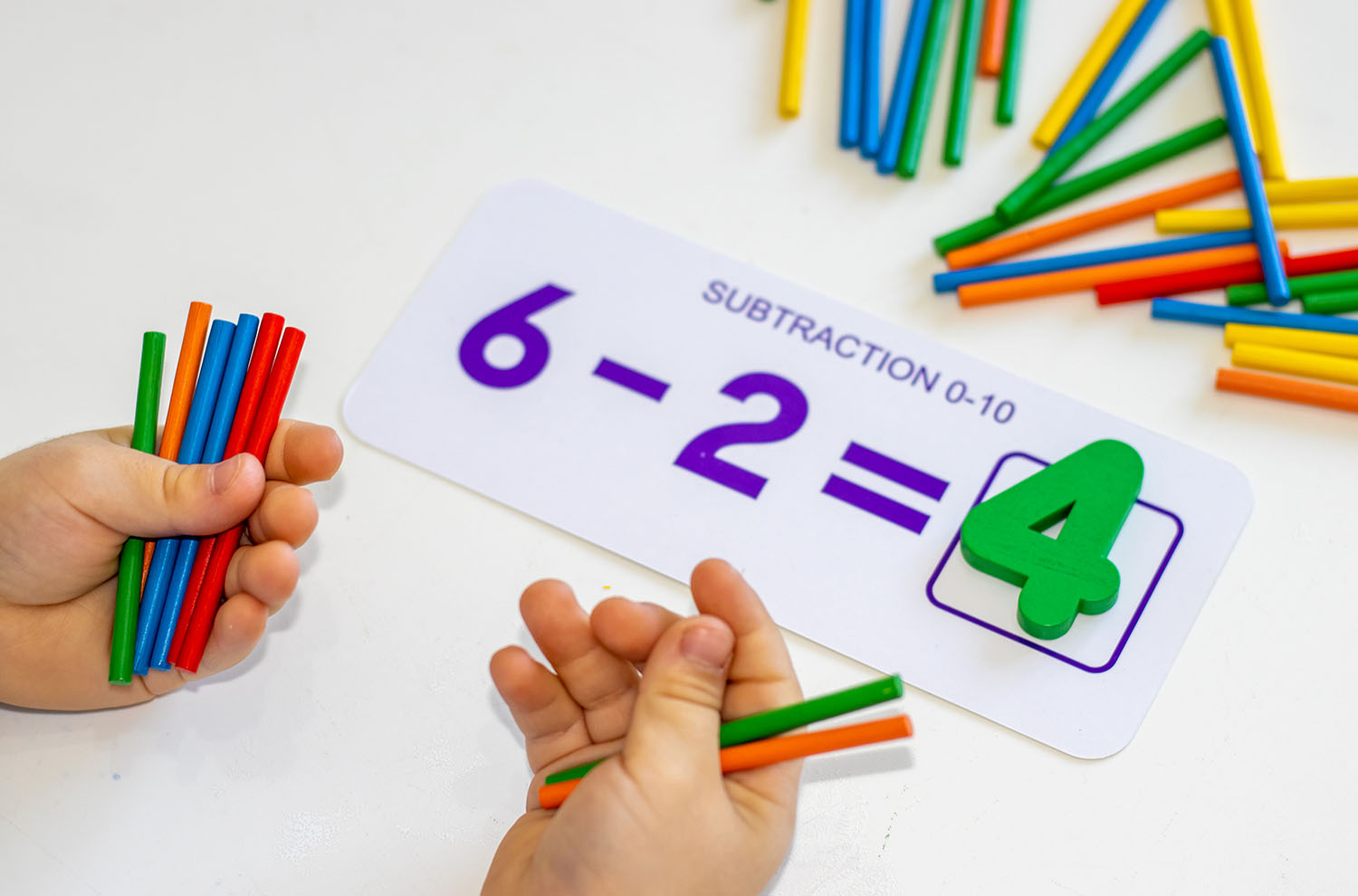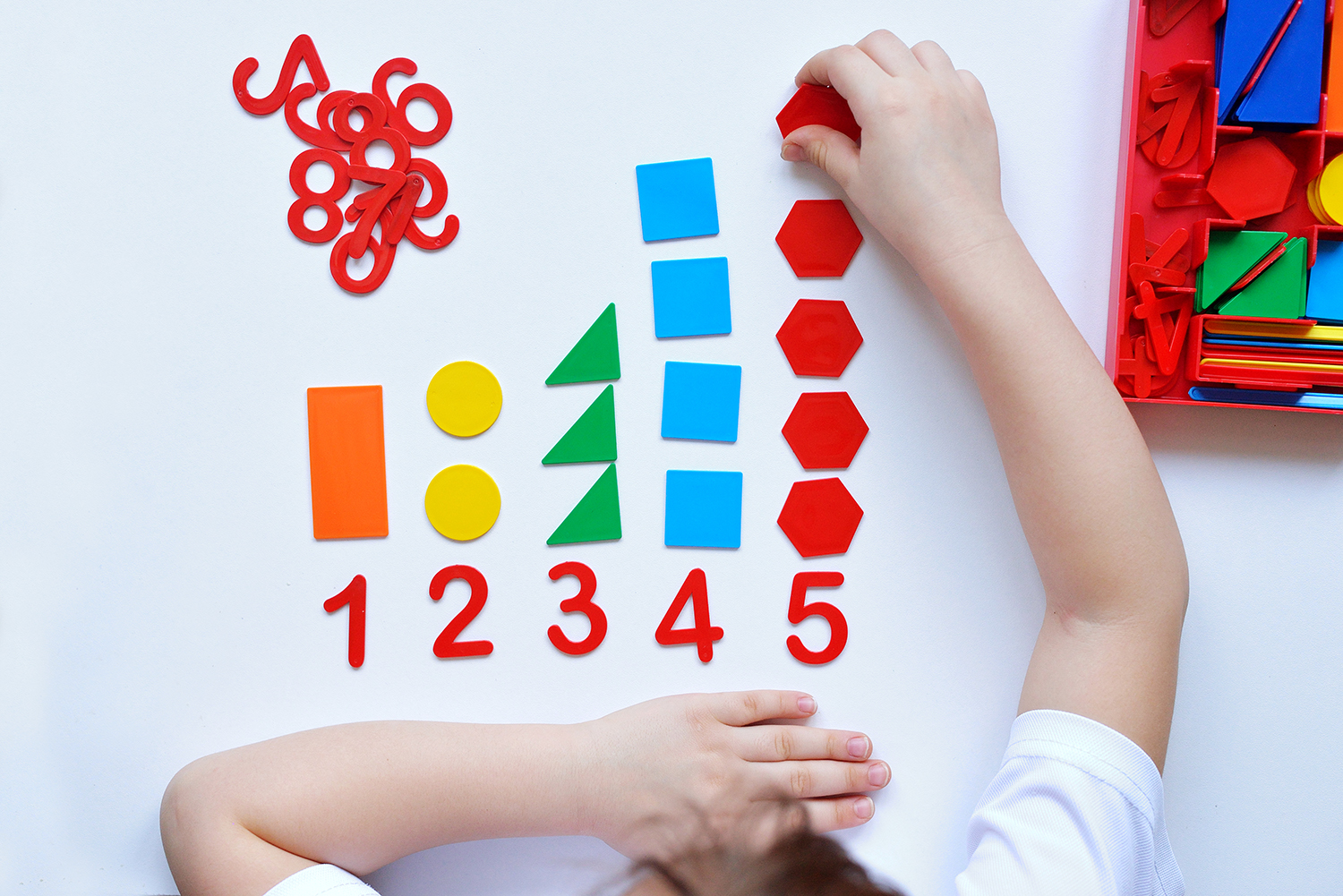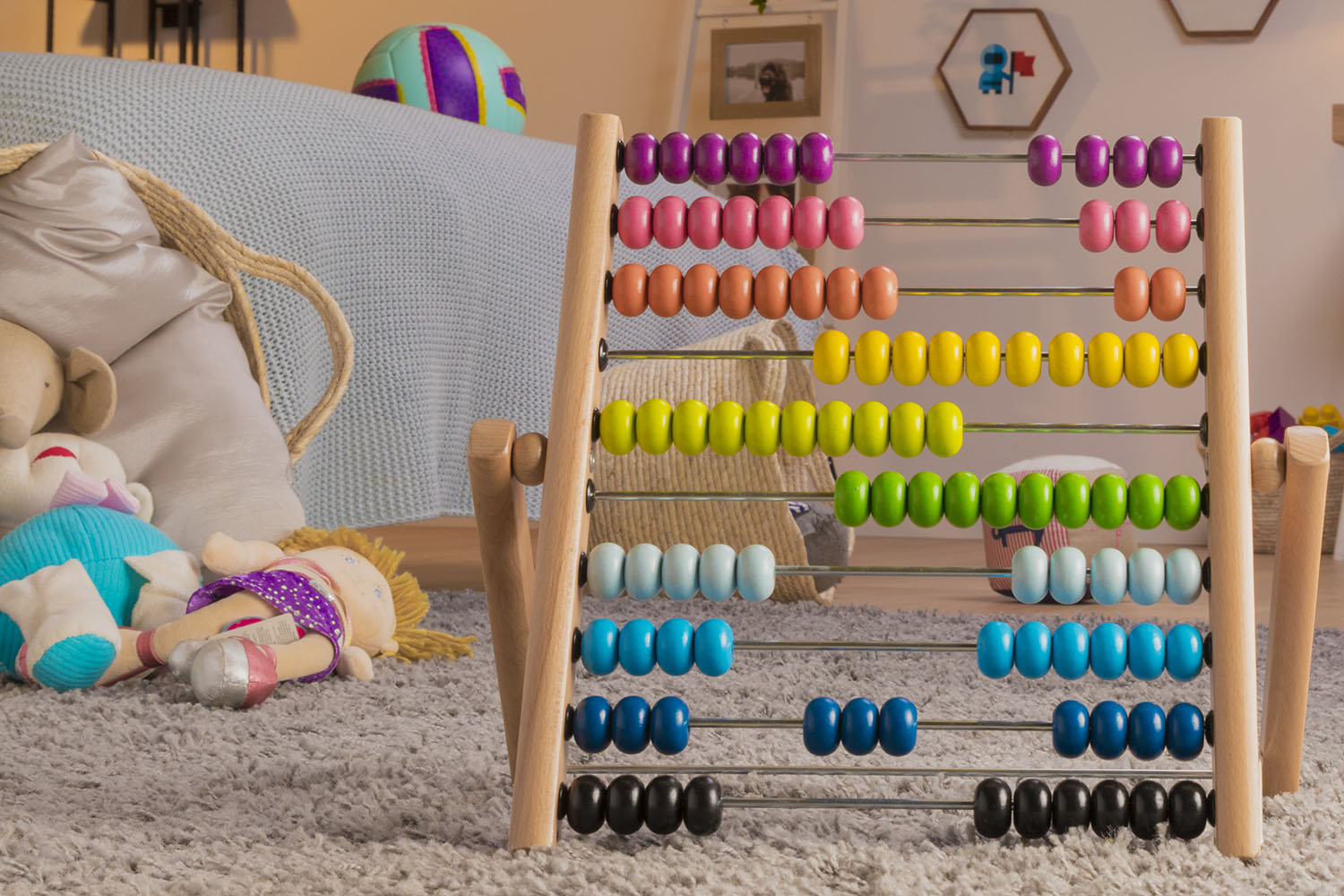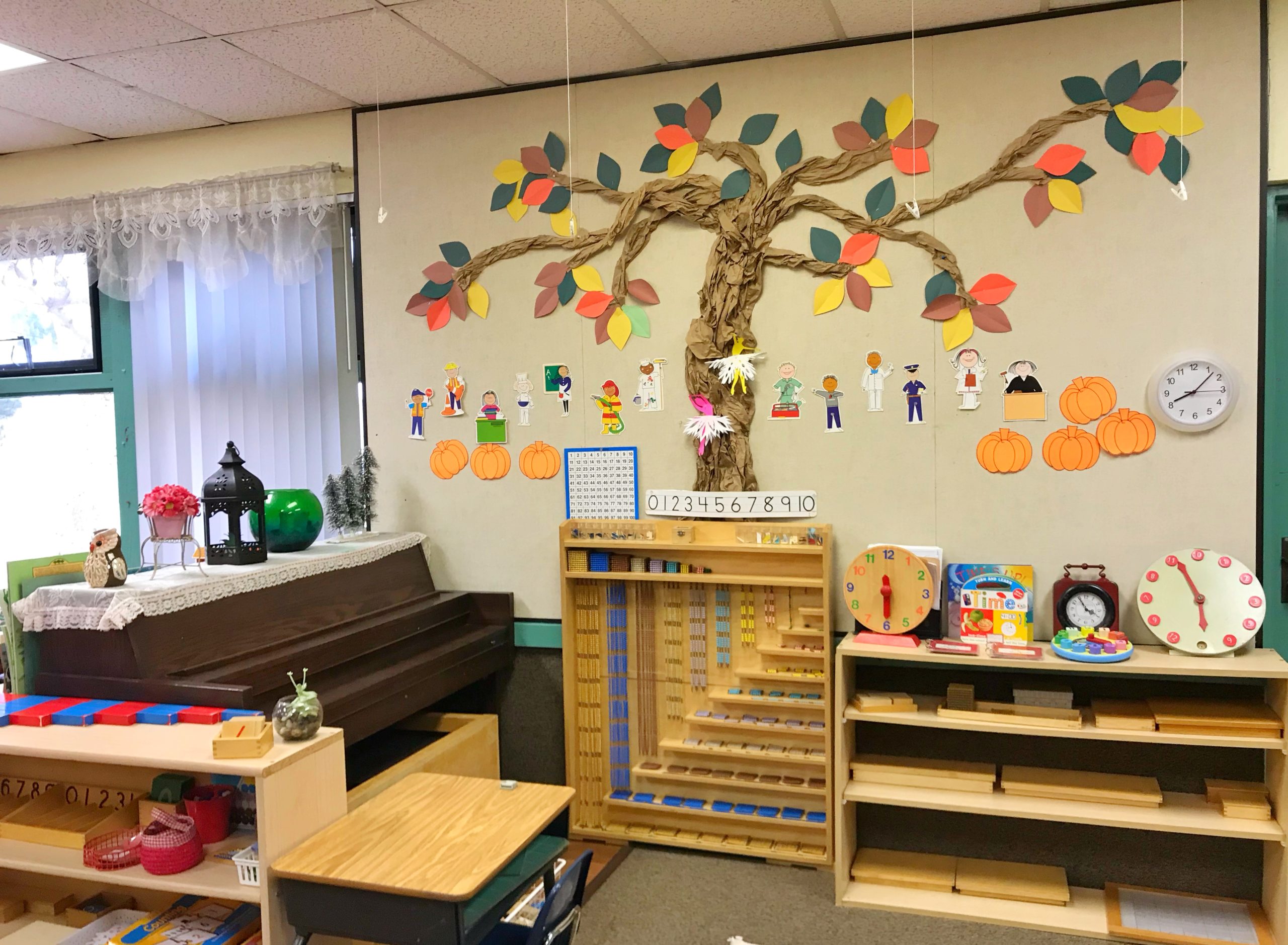
Mathematics has long been considered a challenging subject for children and even some adults. However, in modern times, learning math no longer needs to be complicated. The Montessori method offers an alternative approach to teaching this subject that is easier and more practical.
Teaching math using the Montessori characteristics has proven to make learning easier and more enjoyable for children. The educational model designed by María Montessori aims to promote children’s creativity and independence by leveraging their own abilities and tools. This method focuses on developing order from an early age, which greatly benefits children when it comes to learning math or solving everyday problems.
Studies have shown that children who learn with the Montessori method experience fewer difficulties in adapting and embracing change as adults. They also become more resilient in the face of frustration or failure, as they learn from their mistakes. Therefore, learning math through the Montessori method is far from a daunting task. On the contrary, it can be a fun and dynamic subject when taught in a different and creative way. At Central Montessori School (CMS), we have designed a program for preschool children and toddlers that incorporates mathematics into everyday education. Through songs and games, children in our classes learn basic and simple concepts about numbers.
If you’re interested in helping your child learn math at home, the following tips will be invaluable in implementing the Montessori method:
COUNTING AND LEARNING

As parents, we often focus on teaching children to count without giving them a deeper understanding of numbers and math itself. According to María Montessori, children’s brains are inherently mathematical, as they rely on order and perspective awareness to function and learn.
Following this theory, math education can be approached in a creative and enjoyable manner, as problem-solving follows an orderly process. We recommend designing math classes as games. To achieve this, you can use didactic materials with Montessori characteristics. These materials should be simple, preferably made of wood, with uniform colors, and representing numbers as they appear in real life. Additionally, you can find rhyming songs and stories that incorporate numbers and mathematical symbols. It’s important to remember that the Montessori method discourages the use of fantasy scenarios, as they may confuse the child.
TYPES OF MATERIALS FOR DIFFERENT MATHEMATICAL CONCEPTS
Another useful tool for teaching your child math is to choose which concepts you want to introduce first.
For instance, if you want to start with numbers, you can use cards displaying the numbers and their names. Number bars with symbols are also helpful for learning the relationships between digits and their values. To teach the decimal system, the bank game is a valuable resource. Memory games with numbers and symbols can teach odd and even numbers. For young children, a solid colored Pop It toy can be used for counting with sound. Other resources for learning math include a 100-board for counting from 0, numbered balls for counting, and the Seguin table, which provides a dynamic way to learn addition, subtraction, multiplication, and division. The abacus is another widely used resource for decades
THE ABACUS AND MONTESSORI MATHEMATICS

Despite its initial appearance as a challenging toy or resource, the abacus is actually simpler than it seems. It’s important to note that the Montessori abacus differs from the conventional one. In the Montessori version, the beads are grouped in rows with different hierarchies representing units, tens, hundreds, and thousands. By manipulating each row, children can easily visualize how math works by adding or subtracting units. On the other hand, the traditional abacus mainly focuses on addition, subtraction, and multiplication with whole numbers.
However, specialists recommend introducing the Montessori abacus after the child has already grasped the basic concepts of mathematics, including the value of each digit. This is because the hierarchies on the Montessori abacus are represented by different colors, which can potentially confuse the child if they are still in the process of understanding number connections.
Once the foundational concepts are clear, children will be able to use the Montessori abacus to perform larger operations with ease. They simply need to move the beads according to their hierarchy and numerical value. As their understanding deepens, children can eventually perform the same operations mentally, visualizing the movement of the beads in their minds.
Undoubtedly, the Montessori method is an effective approach to teaching mathematics to children. If you require further support in this matter, you can enroll your child in our special classes.
Conclusion:
In conclusion, the Montessori method offers a refreshing and effective approach to teaching mathematics to children. By incorporating creativity, independence, and hands-on learning, this method transforms math from a daunting subject into an exciting adventure. Through the use of engaging materials, games, and songs, children can develop a solid foundation in math while enjoying the process.
We have explored various aspects of the Montessori method, from counting and learning to the different materials available for teaching different mathematical concepts. Additionally, we have shed light on the Montessori abacus, emphasizing the importance of introducing it after the child has grasped basic mathematical concepts.
By implementing the Montessori method, children not only develop strong mathematical skills but also cultivate adaptability, resilience, and problem-solving abilities. They learn from their mistakes, become comfortable with change, and approach challenges with confidence.
At Central Montessori School (CMS), we are dedicated to providing a nurturing and stimulating environment for children to thrive in their math education. If you are seeking additional support in implementing the Montessori method or enrolling your child in our specialized classes, we are here to assist you.
Let us embrace the Montessori method and make math an enjoyable and enriching experience for our children. Together, we can empower them with the skills and mindset needed for a successful future in mathematics and beyond.




